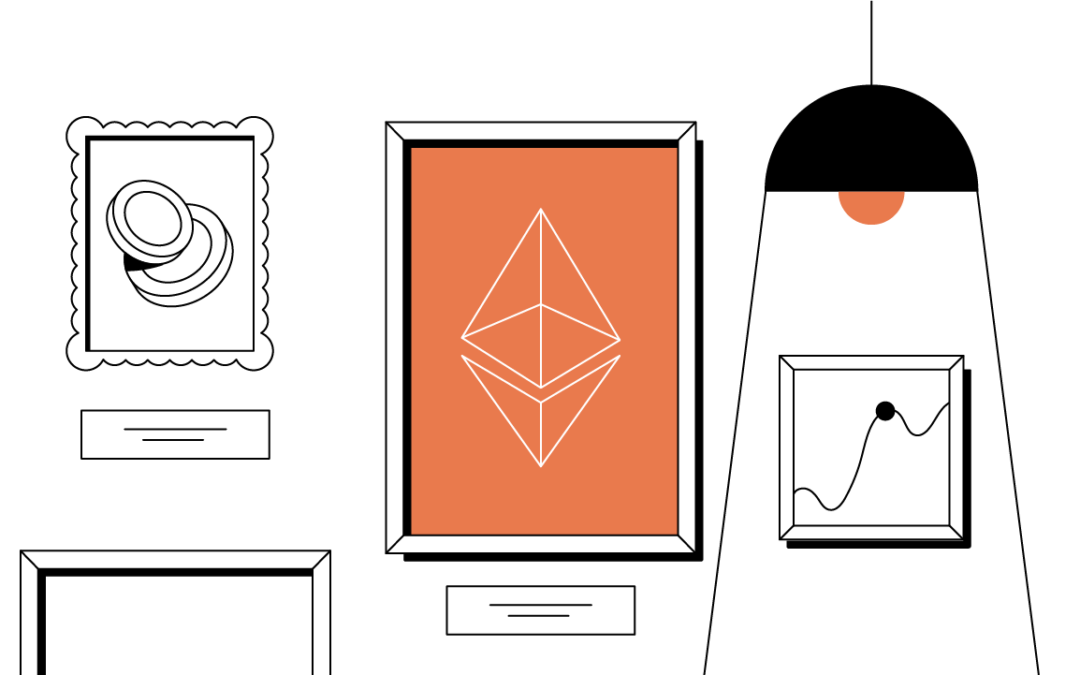Welcome, fellow curious minds, to an intriguing exploration into the world of blockchain technology and Ethereum. In this digital age where technological advancements seem to evolve by the minute, understanding the role of blockchain in supporting Ethereum and how Ethereum itself generates revenue is like unraveling a captivating mystery. So, let’s embark on this journey together and delve into the depths of blockchain and Ethereum.
Does Blockchain Support Ethereum?
First things first, let’s address the burning question: does blockchain support Ethereum? The answer is a resounding yes! Ethereum, like many other cryptocurrencies, operates on a blockchain network. But what exactly is blockchain? In simple terms, blockchain is a decentralized, distributed ledger technology that records transactions across multiple computers in a secure and transparent manner.
Now, Ethereum takes this concept a step further by offering a platform for developers to build decentralized applications (dApps) and smart contracts. These applications and contracts run on the Ethereum blockchain, leveraging its secure and decentralized infrastructure. So, in essence, blockchain not only supports Ethereum but is the very foundation upon which it operates.
How Does Ethereum Blockchain Make Money?
Now that we’ve established the symbiotic relationship between blockchain and Ethereum, let’s demystify how Ethereum blockchain makes money. Unlike traditional centralized systems, Ethereum operates on a decentralized model, which means there’s no central authority controlling or profiting from the network.
Instead, Ethereum generates revenue through a variety of mechanisms:
Gas Fees
Ethereum transactions require computational resources to execute smart contracts and process transactions. Users pay “gas fees” to compensate miners for the computing power required. These fees vary depending on network congestion and the complexity of the transaction.
Mining Rewards
Similar to Bitcoin, Ethereum relies on a consensus mechanism called Proof of Work (PoW) to validate transactions and add new blocks to the blockchain. Miners compete to solve complex mathematical puzzles, and the first to solve it receives a reward in Ether (ETH), the native cryptocurrency of the Ethereum network.
Transaction Fees
In addition to gas fees, users may also incur transaction fees when interacting with dApps or executing transactions on the Ethereum network. These fees contribute to the overall revenue generated by the network.
Staking Rewards (Upcoming)
Ethereum is transitioning from PoW to Proof of Stake (PoS) through the Ethereum 2.0 upgrade. In PoS, validators are chosen to create new blocks based on the amount of Ether they “stake” or lock up as collateral. Validators are rewarded with ETH for their participation in securing the network.
Conclusion
In conclusion, blockchain undeniably supports Ethereum, serving as the backbone of its decentralized infrastructure. Through mechanisms like gas fees, mining rewards, transaction fees, and upcoming staking rewards, the Ethereum blockchain generates revenue in a decentralized manner, ensuring the integrity and security of the network.
As we continue to witness the evolution of blockchain technology and Ethereum’s ecosystem, one thing remains clear: the potential for innovation and growth in this space is limitless. So, let’s keep exploring, learning, and embracing the transformative power of blockchain and Ethereum together.

